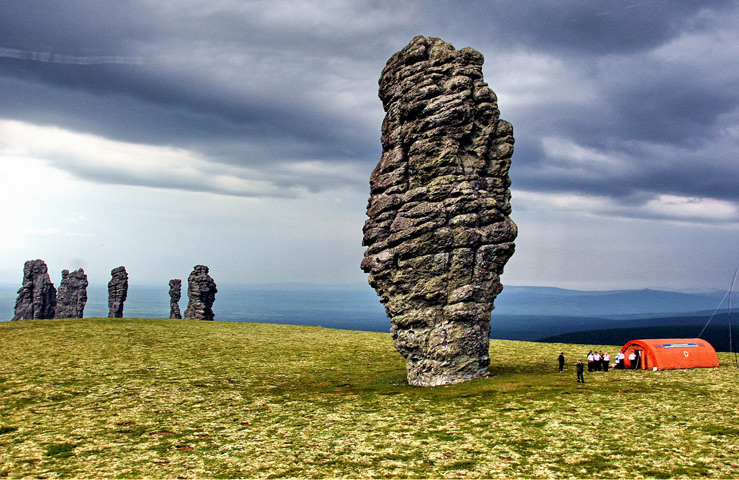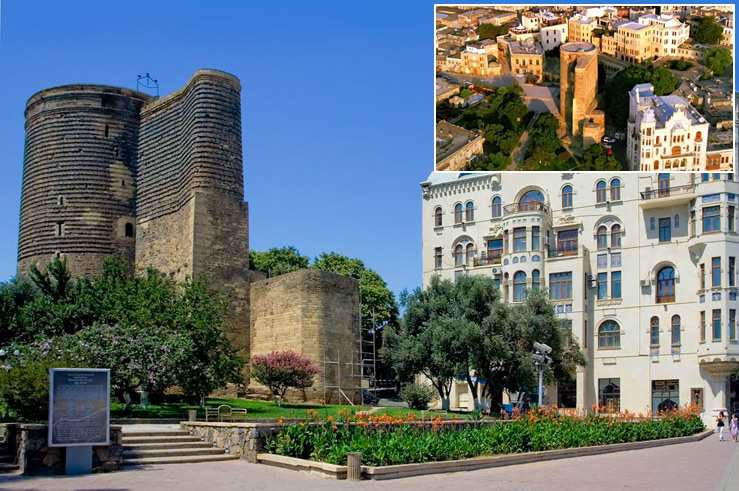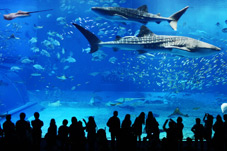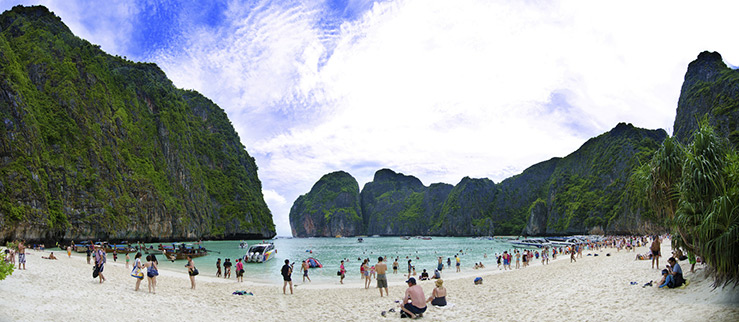Unusual beaches of Spain
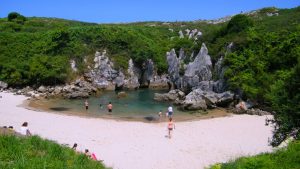 There are many wonders in Spain, even the beaches are unusual. Some are completely hidden under water at high tide, others are hidden among the coastal cliffs. On some beaches, sand is of an unusual black color, and there are those that, like two drops of water, are similar to the beaches of the Caribbean.
There are many wonders in Spain, even the beaches are unusual. Some are completely hidden under water at high tide, others are hidden among the coastal cliffs. On some beaches, sand is of an unusual black color, and there are those that, like two drops of water, are similar to the beaches of the Caribbean.
We suggest you to get acquainted with the most unusual Spanish beaches.
1. Gulpiyuri Beach (Asturias)
Gulpiyuri (Asturias)
In the north of Spain, between the small towns of Ribadesella and Llanes, is located one of the smallest beaches in the world, Gulpiyuri, recognized as a natural attraction. Its width is only 50 m – a real beach in miniature. But it is unique not only for its size. The fact is that Gulpiyuri is a sea beach, but is not located on the sea coast. As a result of the erosive effect of the sea on coastal cliffs, karst craters formed. During high tide, the funnel is filled with sea water through the opening between the rocks.
Gulpiyuri Beach
There is no access to this beach by car – you can only get on foot from the village of Canopy or from San Antolin beach.
2. Beach at Lake Charco de los Klicos (Lancerote Island)
Charco de los Clickos Lake
The real gem of Spain is the beach at Lake Charco de los Clicos. Pure black sand and emerald green water – a fabulous sight! A small lake is located on the coast of the island of Lanzarote. The lake communicates with the sea through wide underground crevices, and on the surface it is separated from the sea surface by a beach with volcanic sand. Emerald color gives water to the vegetation.
Beach by Lake Charco de los Clicos
Tourists are in a hurry here, of course, but you can only look at all this beauty: El Charco is declared one of the reserves of the Natural Volcanic Parks system, so swimming is strictly prohibited here.
3. Rodas Beach (Cies Islands)
Rodas Beach (Cies Islands)
This is Spanish Galicia, but it creates the complete illusion that you are in the Caribbean! In 2007, according to a survey of the British newspaper The Guardian, Rodas Beach was named the best in the world. And he is on the island of Faro in the Islas Sies archipelago. This is one of the main attractions in the National Park of Galicia, which is formed by the island archipelagos of Sies Ons, as well as the islands of Cortegada and Salvora.
Rodas Beach, Spain
The park attracts hundreds of thousands of tourists with its diversity of ecosystems: there are dunes, beaches, cliffs and, of course, the sea bottom, which is inexhaustible in terms of the variety of flora and fauna.
4. Sa Calobra Beach (Mallorca)
Sa Calobra Beach (Mallorca)
38 km from the town of Sawyer, at the foot of Mayor peak, the highest point on the Balearic Islands (1445 m above sea level), in the crevice of the giant cliffs, a small bay with a romantic beach Sa Calobra formed of boulders, sand and gravel. The main attraction of this amazing place – the mouth of the mountain river Torrent de Pareis – is a pedestrian tunnel that stretches along the foot of the rocky cliffs.
Magnificent views have become an inexhaustible source of inspiration for artists, and amazing acoustics attract lovers of choral singing, who organize concerts and festivals here every summer.
Sa Calobra (Mallorca).
No less impressive is the road to the bay: 14 km of mountain serpentine has a dozen turns of 180 degrees and one turn of 360 degrees, called the “Tie knot”.
5. Beach of the Cathedrals (Lugo)
Another beach gimmick is in A Devesa, between the cities of Ribadeo and Foz. This is the beach of Holy Water, although throughout the world it is better known for its other name – the beach of the Cathedrals (Playa de las Catedrales). The name is really very accurate: the beach is located between the majestic cliffs that look like real temples about 32 m high, with domes and arches. These cliffs attract attention more than the beach itself and diving in the purest sea water. The length of the beach is 1400 m.
Cathedral Beach
During low tide, you can go down the special stairs, stairs and walk along the beach along and across.
6. Zumaya Beach (Gipuscoa, Basque Country)
Zumaia Beach (Playa de Zumaia) stretches 270 meters between the capes of Algorri and Mariantonia. He is often attacked by huge waves that beat violently against coastal cliffs. During periods of spring tides, the sandy beach is completely hidden under water. The coastline impresses with the beauty of coastal landscapes.
Here, attention is attracted by a natural phenomenon – flysch (sedimentary rocks). This is a kind of geological treasure of the province of Gipuscoa: the rocks tell their story, traced in stone layers for millions of years.
